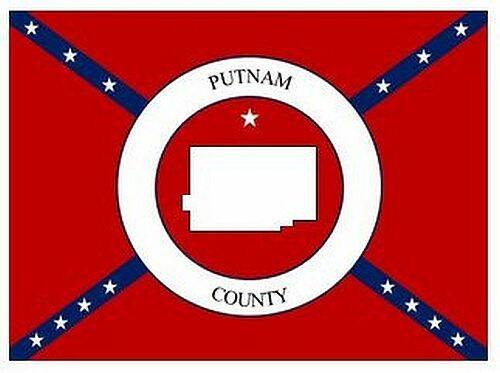DUPONT — The U.S. military has been working for years to find the remains of soldiers missing in action whose bodies could not be found. Thanks to those efforts, the remains of a Putnam County soldier have been located decades after his death.
On March 6 the Defense POW/MIA Accounting Agency (DPAA) announced that U.S. Army Cpl. Clark Ellis Worline was accounted for on Sept. 9, 2022. The family received their full briefing on his identification prior to the public release of information. Although Worline’s nephew, John Reed is next-of-kin, he reports that he never knew him.
“I was only three [when his mother’s brother died],” he said.
Reed confirmed that Worline had a twin brother named Carl and another brother named Ralph. The twins were three years old when their mother died. Following his mother’s death, Clark lived with his grandfather, Sam Davis. A newspaper clipping from the Grover Hill News, dated Dec. 21, 1950, indicated that, “Sam Davis received word that his grandson, Clark Worline of Dupont, was killed in action in Korea.”
William Cox, a Senior Mortuary Affairs Specialist/Identification Briefer with the U.S. Army, based in Ft. Knox, Kentucky, confirmed that available evidence established the remains as those of Cpl. Worline. Cox briefed John Reed on the findings.
What happened to Cpl. Worline?
Cpl. Worline entered the U.S. Army from Ohio and served in C Company, 2nd Chemical Mortar Battalion. On Nov. 26, 1950, he was reported missing in action after a battle against the Chinese People’s Volunteer Forces (CPVF) in the vicinity of Sinjang, located on the west side of what is now North Korea. While there were no eyewitness accounts of him being held as a POW, later evidence suggests that Cpl. Worline, age 20 at the time, was captured and taken to POW Camp 5, Pyoktong, North Korea. Worline’s name was recorded on the Courts of the Missing at the National Memorial Cemetery of the Pacific, along with others who are still missing from the Korean War.
During the month prior to Worline’s capture, General Douglas MacArthur expressed to President Harry Truman that he was confident of early success in the North Korean offensive. He had hopes that the war would be finished and troops would be “home by Christmas.” Chinese troops that had previously withdrawn suddenly launched a new offensive with approximately 180,000 Chinese soldiers rapidly advancing toward the critical road junction at Kunu-ri , attempting to cut off the retreat route for U.N. forces. Multiple casualties were incurred and several soldiers became prisoners of war. Many of those captured, such as Cpl. Worline, did not survive the harsh winter and the harsh treatment they endured. Many died from starvation.
Jim Bell, a colleague of Cox, said that Worline was a member of the 2nd Chemical Mortar Battalion. Worline’s unit was attached to the 9th Infantry Regiment, 2nd Infantry Division.
“The mortar battalion is a priority target for the enemy,” Bell said.
Because mortars have an extended range, the mortar battalion is moved forward to assist infantrymen. If the mortar battalion can be halted, enemy troops can more easily advance.
The search for Worline
After the United States signed an armistice with North Korea in 1953, officials determined that the sides would exchange the remains of deceased service members for repatriation, an effort that was code-named, “Operation GLORY.” During Operation GLORY in the Fall of 1954, 495 sets of remains from burial grounds around POW Camp #5 were returned to United Nations Command. All but 38 were identified with those remains buried as Unknowns at the National Memorial Cemetery of the Pacific, also known as “the Punchbowl,” in Honolulu in 1956.
In August 2019, as part of a planned exhumation of Project GLORY burials originating from Camp #5, one set of remains was disinterred and transferred to the DPAA Laboratory at Joint Base Pearl Harbor-Hickam, Hawaii, for analysis.
To identify the remains, scientists from DPAA, used dental and anthropological analysis, as well as circumstantial evidence. In addition, Armed Forces Medical Examiner System scientists used mitochondrial DNA (mtDNA) analysis. The laboratory analyses and the totality of the circumstantial evidence available established the remains as those of Cpl. Worline.
Worline was awarded the Purple Heart, the Korean Service Medal, the United Nations Service Medal, the National Defense Service Medal, the Korean Presidential Unit Citation, and the Republic of Korea War Service Medal.
The last letter received from Cpl. Worline was written on Thanksgiving Day of 1950, describing the dinner he had that day. The letter was received by an aunt a few days later. Cpl. Worline was listed as missing the day after the date of the letter.
Worline will be buried in Dupont on a date yet to be determined.







